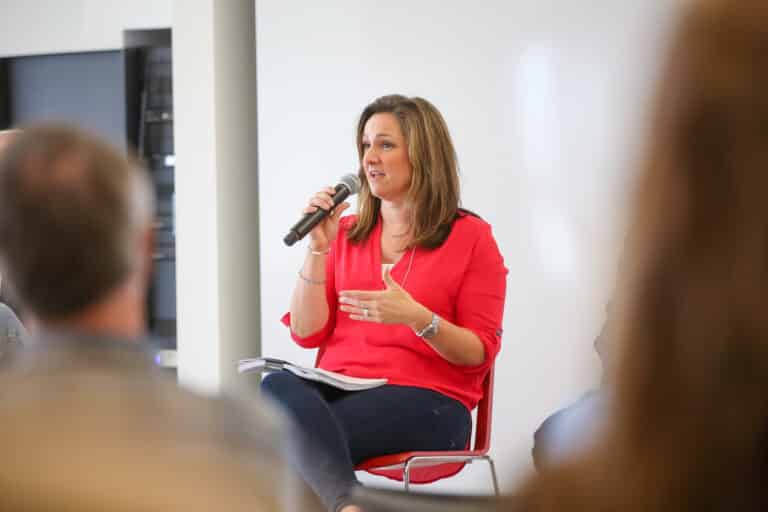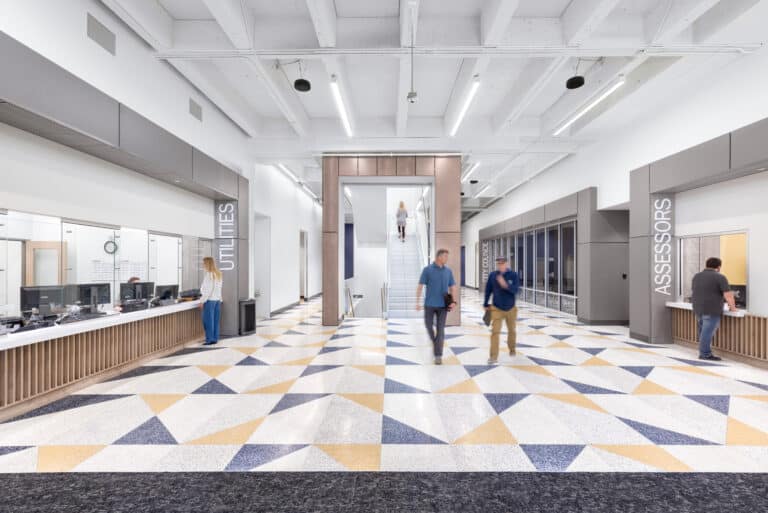Before diving into the superpowers of my co-workers, here’s a swift rundown of who we are and why these seven minutes of insight could be your gamechanger. JLG is a 34-year-old architecture firm with an employee-owned team spanning nine Midwest offices. We design everything from massive sports facilities and educational campuses to professional hockey arenas, cultural landmarks, hospitals, and lifestyle developments, to name a few. Beyond the build, we love mentoring emerging professionals – sharing our team’s superpowers to ignite yours.
Empowering Your Innermost Self
Impressively, and thanks to Microsoft Teams, all 200+ of our employee-owners manage to work as one united team, which makes our virtual chat rooms infinite entertainment. Recently, while scanning the day’s memes, a personality test made its rounds – enticing everyone to delve into the depths of their innermost self. (Our test was a free online questionnaire based on Carl Jung’s and Isabel Briggs Myers’ typological approach to personality.)
As an architectural writer and extroverted protagonist, I thought I knew who I was working with. After the personality tests, it was clear – not only did I not know them, I barely knew myself. Today, I have a much better understanding of why it’s important that all architect personalities are not created equal.
Architecture students, or those still sitting on the fence – this is for you. I’ve scoured our office’s personality test results and chose 11 talented architects and designers who represent a variety of traits that lead to success. Every day I see these well-honed personalities magnetically fuse – making happy clients, an enthusiastic culture, and award-winning creativity. So, if you’re still wondering if you have what it takes to be an architect, here are a few ingredients in our team’s secret sauce.
Chris Heidrich: The Protagonist
Personality Test Result: ENFJ (Charismatic, Inspiring, Natural Leaders)
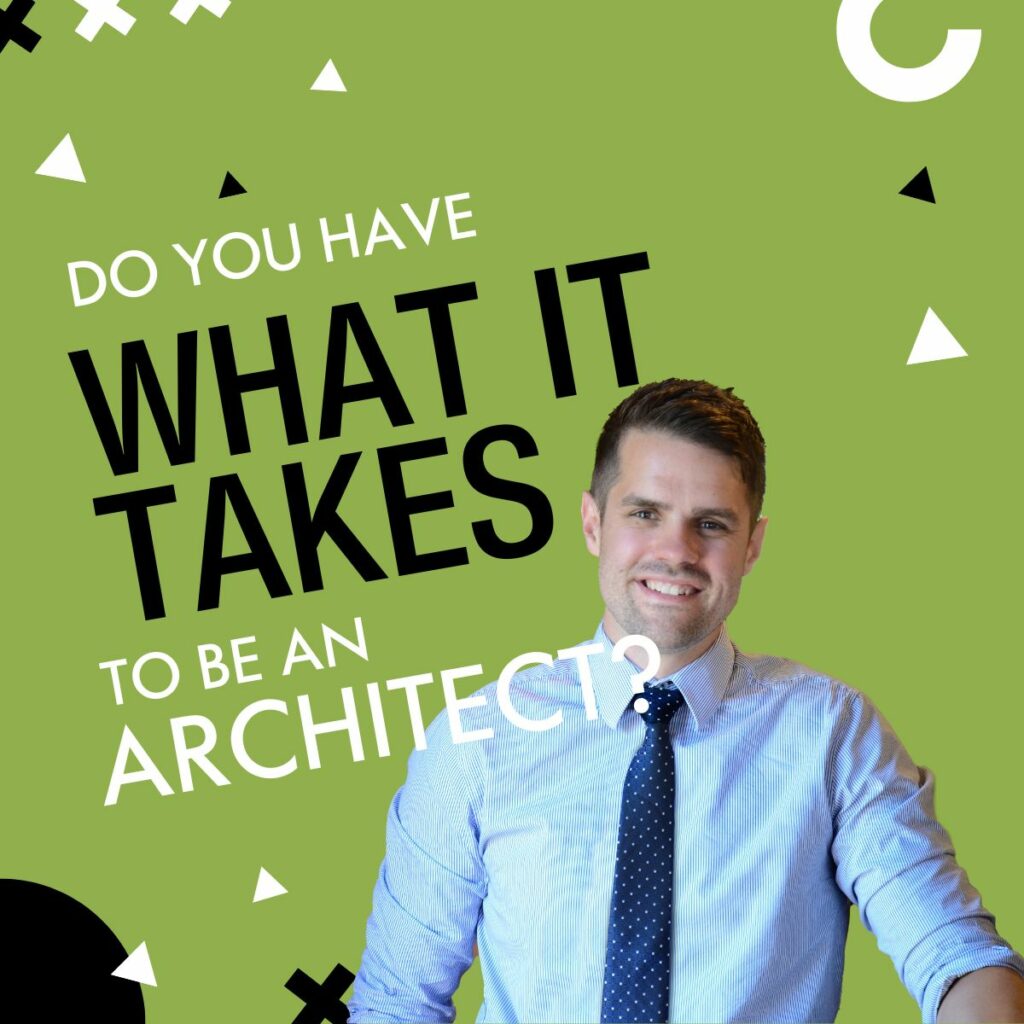
Growing up, I was an only child with a strong preference for extraversion, typically opposite of the reserved only child. My mom is an early childhood specialist, and my childhood was nothing but encouragement to expand my thinking about how things work and create solutions that were outside of the box. Nothing was spoon fed to me, and I developed an imagination that can outrun almost any piece of logic. I’ve found that I can do this very quickly and have developed a sharp intuition about what is correct and what still needs more exploration.
Band nerds don’t even begin to scratch the surface of the group I ran with in school. There is no shortage of studies as to how being musical affects the brain’s development, and I would be fool hearted to say that it didn’t have an influence on how I process problem solving today. Jazz was my favorite; it wasn’t just something I did, I had to know absolutely everything about it. I was always chasing that ‘jazz’ note, the one on paper that doesn’t seem like it should work, but it somehow does, you know, the one that gives you goosebumps. It was intoxicating. Finding strong architectural solutions runs parallel to the thinking it took to understand music. There are all these rules that make the bigger picture work, and then there’s these magical little moments floating around in the ether that you have to stretch to get at – those are the ones that are really special.
Finally, I laughed at the personality test result of “Judging over Perceiving.” Anyone who knows me knows that I’m sharp and quick to pass an opinion on pretty much anything, sometimes to a fault. I think that the culmination of being highly imaginative and, yes, extremely judgmental, gives a sharp-witted edge in processing design solutions.
Shay Koohi: The Campaigner
Personality Test Result: ENFP (Enthusiastic, Creative, Sociable)

I am the youngest of eight children, born and raised in Shiraz, Iran. My family has a long history of male architects, including my two brothers and my father. When I was very young, I decided to be the first woman architect in my family. Thankfully my strengths are creativity, drawing, and mathematics. These strengths allow me to find creative ways to problem-solve and use drawing skills to describe it to others.
I also learned to play classical piano at a very young age which helped me to observe the world as a composition. Now I perceive architecture as the music of the physical world. The harmony and the atmosphere that can be created by architectural spaces affect me in the same way music does.
Todd Medd: The Protagonist
Personality Test Result: ENFJ (Charismatic, Inspiring, Natural Leaders)

I see the profession of architecture in a different lens than most. Trust me, I love great design – however, I learned early in my career that relationship building was my passion. This has really helped me in my role as a business developer and studio leader, as much of that revolves around creating and sustaining meaningful relationships. This passion is certainly in alignment with the personality test results, and it goes to show the immense diversity of skills that it takes to make a great architecture team and firm.
Catherine Dekkenga: The Virtuoso
Personality Test Result: ISTP (Bold, Practical, Experimental)

I took the long approach to architecture, so I knew it was the right fit after I had tried everything else! My undergrad degree is in philosophy, and prior to that, I was at different times a math, fine arts, and chemistry major. I realized architecture was the combination of all the things I loved about the creativity of fine arts, the clear direction of math, and the experimentation of science.
My father is also an architect, so I grew up immersed in the world of architecture. He taught me to be a strong member of the community, how to design beautiful buildings and spaces, and how to work hard at everything I do. I believe what makes me a great and thoughtful architect is the way I listen, respond with a calm demeanor, and lift others up. I also took the liberty of asking others in my Sioux Falls office, and their feedback about me included things like, “Personable,” “If you look up architect in the dictionary, it says, ‘Catherine,’” and “It’s all in the hair!”
Jennifer Burke Jackson: The Campaigner
Personality Test Result: ENFP (Enthusiastic, Creative, Sociable)

Growing up, I absolutely loved poetry and art – drawing, painting, and photography! Math, trigonometry, and science were more of my strengths, so it kind of added up to architecture; and to be honest, something about the word “architect” really compelled me. There was a depth, a responsibility, a spiritual and philosophical thread to it that connected to the way I naturally think.
Now 15 years after college, I believe that to be a great architect, you need to engage people in a meaningful way – listening deeply and asking questions until you understand the heart and soul of the project and the problem. I focus outward to see the bigger picture, asking how or why this impacts the community and how it will look over time. I know that to collaborate deeply, I have to be willing to change my process or adapt my thinking as needed. I think it’s important to problem-solve and dream within (and beyond) technical and scientific understanding.
Adam Barnett: The Debater
Personality Test Result: ENTP (Smart, Curious, Intellectual)
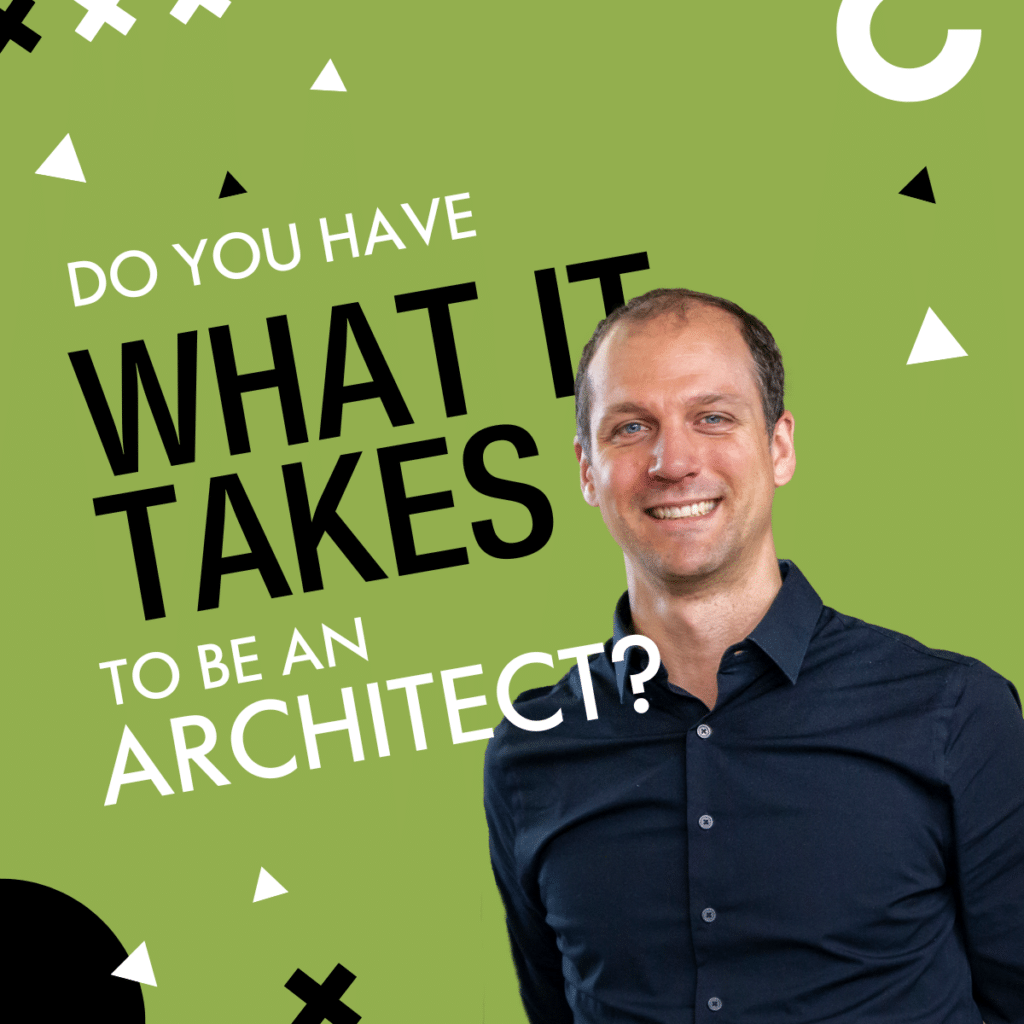
It’s probably cliché for a lot of architects, but as a young child I was fascinated with Lego sets and building things. I was also really good at drawing from a young age. As I got older, I spent a lot of time in the woods building forts and creating cool environments for myself and my friends. I took some drafting classes in high school (along with a lot of art classes) and realized I also enjoyed the technical drawing aspect. As a kid, every project I worked on, I tried my hardest to create a solution unlike anybody else’s!
I think what makes me a good architect is communication and creative problem-solving. This means being able to listen to a client, connect and build trust, and then communicate spatial and environmental solutions back to them. I love that I can communicate graphically or visually in either 2D or 3D. I have a solid understanding of what buildings need to function technically and systematically, and I apply that knowledge to manipulate size, shape, scale, balance, and materiality to create meaningful spaces and experiences.
Tom Betti: The Protagonist
Personality Test Result: ENFJ (Charismatic, Inspiring, Natural Leaders)
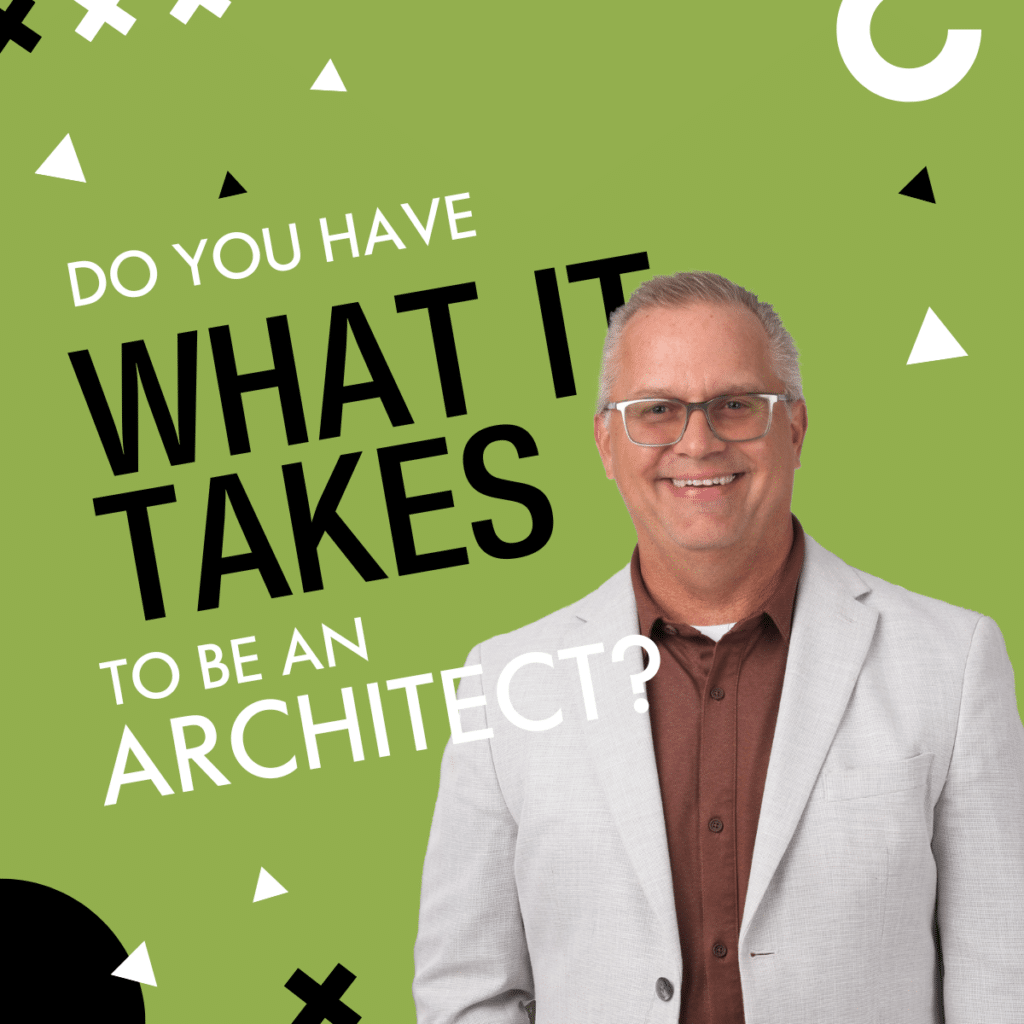
My path to becoming an architect was a longer path than most. When I graduated from high school, I wasn’t sure what I wanted to do, but I knew I really enjoyed the art and drafting classes I had taken. My parents recommended that I take a two-year college drafting program and I discovered that I liked the drafting aspect, but I absolutely loved the creative side. This program helped me learn from the instructors what the career of an Architect was truly about. All the instructors were practicing architects, and two of them encouraged me to pursue a full architectural education because they saw potential in how I approached projects from the creative side. I enrolled in architecture school but worked full-time while pursuing my degree – so I took the long road and graduated at the young age of 29!
As I look back at my childhood and high school experience, what became clear was the way I was able to engage with everyone; the nerds, jocks, teachers, and virtually anyone else I met. I had this ability to be a part of each clique, a trait that I did not understand the value of until I was in my early thirties – this ability really became my strength. In my professional career, it was these qualities that came together to make me an industry-leading architect in ice arena and community recreation design. I am able to use my social and consensus-building skills across diverse groups to develop project direction, and then my creative skills that were honed in architecture school to bring ideas to life in a built environment.
Tracy Jordre: The Defender
Personality Test Result: ISFJ (Protector, Warm, Caring)
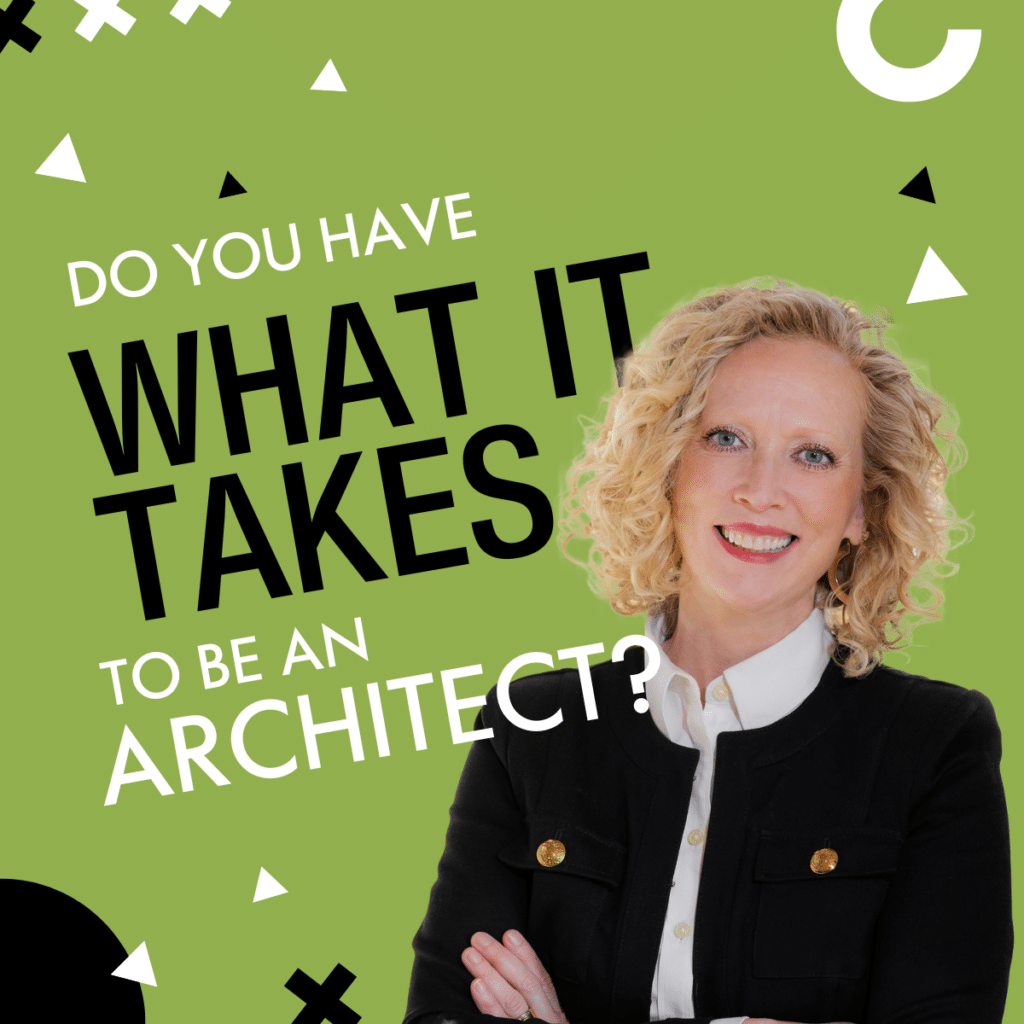
In high school, I needed to add another elective course, so after taking everything else that had interested me, I finally took drafting, and to my surprise, I ended up absolutely loving it! For the final project of the course, we had to create a model of a project that we had drawn – my first experience staying up all night working on a project. After class, my teacher said that in all his years of teaching, he had only had a couple of students who had such passion for design, and I was one of them. It was with his encouragement and support that I decided to go to NDSU for Architecture.
I have taken these personality tests several times over the years and it’s interesting to see the different results as I have grown in my career. I have tested a couple of times as a more extroverted ENFJ, and I have since evolved into an ISFJ, a warm and caring protector, as the chart depicts. However, one thing that has simply not changed over the years is my passion for being in creative environments and knowing that the work I do has a profound impact on the communities around me. This impact fulfills a fundamental need for me to feel valued in the work that I do.
Pam Anderson: The Executive
Personality Test Result: ESTJ (Organized, Punctual, Leader)
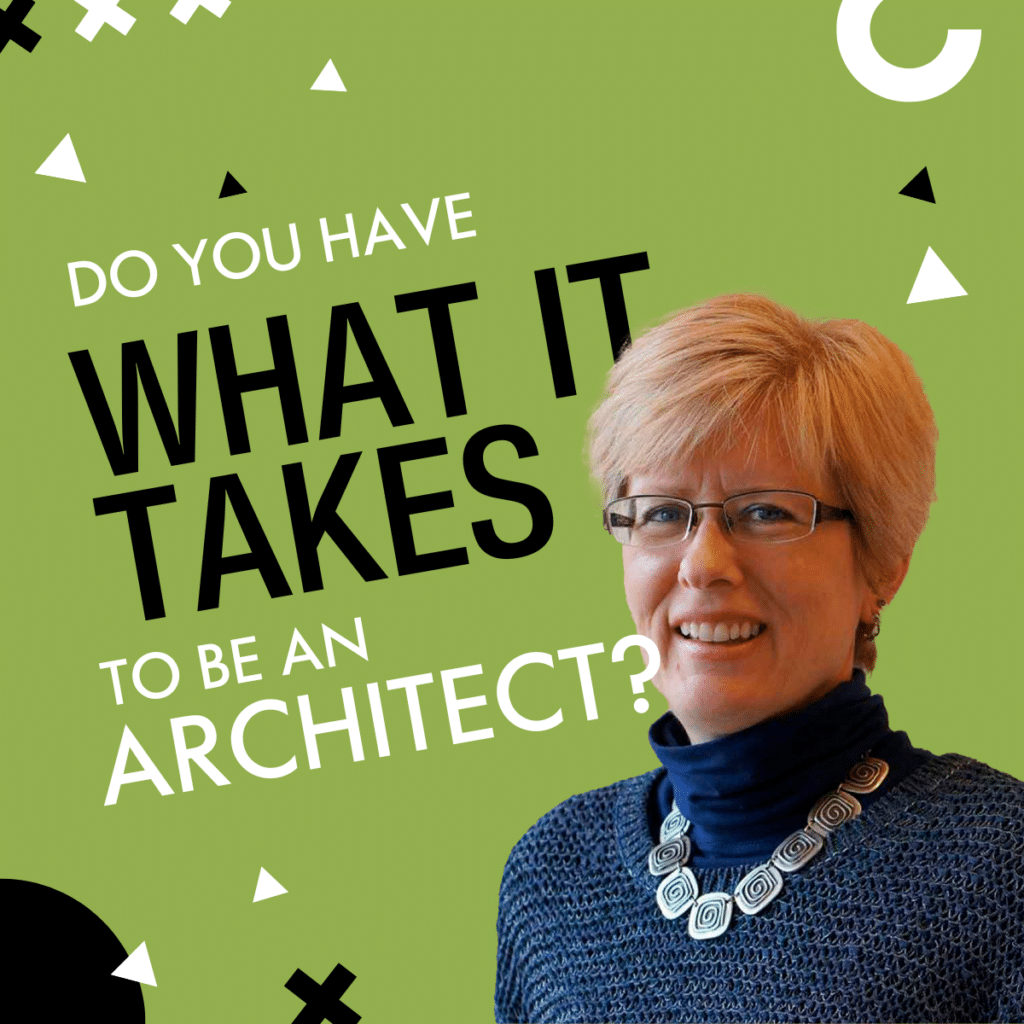
After almost 35 years in this profession, it is interesting to look back at how I got here and some of the twists and turns along the way. Like, Chris, I am an only child but tend to be quiet and introverted, despite my extroverted test results. When I was in sixth grade, I had the opportunity to be in a class that presented us with a lot of interesting career options, including having an architect come to our class and talk about the design professions. As I went through my school years, I loved both art and science and immediately knew I would go to college for architecture.
In architecture school and in my early years in this profession, I felt like a perfectly average designer but really excelled at problem-solving and making buildings work. I channeled my inner extrovert, learned about teamwork, and realized I loved to figure out how everything comes together. Sometimes that is as broad as understanding the complex needs of a client, planning spaces and their relationships, and finding creative ways to put together the pieces of that puzzle. Sometimes it is as detailed as figuring out all the components that make up a wall, or creating the details for a roof that won’t leak.
Over the years, my work has allowed me to work on a wide range of projects. It was never on my radar to own or run an architectural firm, but I was dedicated and driven, and I developed leadership skills that eventually led to just that. Architecture has been both my vocation and my avocation; it has linked me to a love of travel and adventure and has given me opportunities far beyond what I had expected almost 35 years ago.
Mike McLean: The Protagonist
Personality Test Result: ENFJ (Charismatic, Inspiring, Natural Leaders)
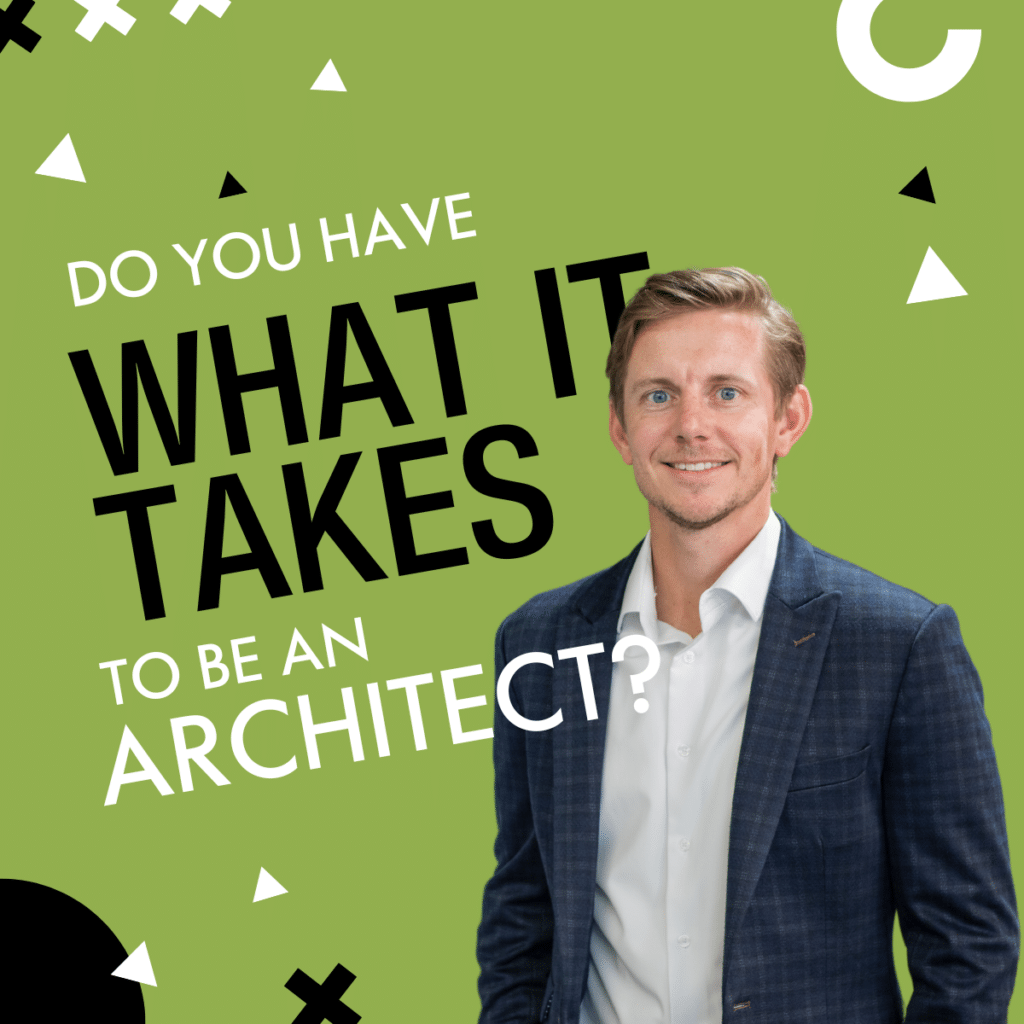
I have always loved to draw and create. As a kid, my fun was playing with Legos and Lincoln Logs to create my own castles and towns. When I was 11 or 12, my aunt, a graphic designer, suggested I go into architecture, and from that moment, my career path was decided!
Through college and my 15-year career, I have learned that passion, collaboration, and honesty prevail in making great architecture. I also have grown to appreciate that the design process really demands significant time up front (from both the client and the architect) to truly answer why; a question that informs where the project goes and how it’s created. It also requires significant effort to execute those ideas into reality. Being part of creating a building is truly a humbling experience, and it often takes hundreds (sometimes thousands) of people to make it happen.
Dave Dimond: The Campaigner
Personality Test Result: ENFP (Enthusiastic, Creative, Sociable)
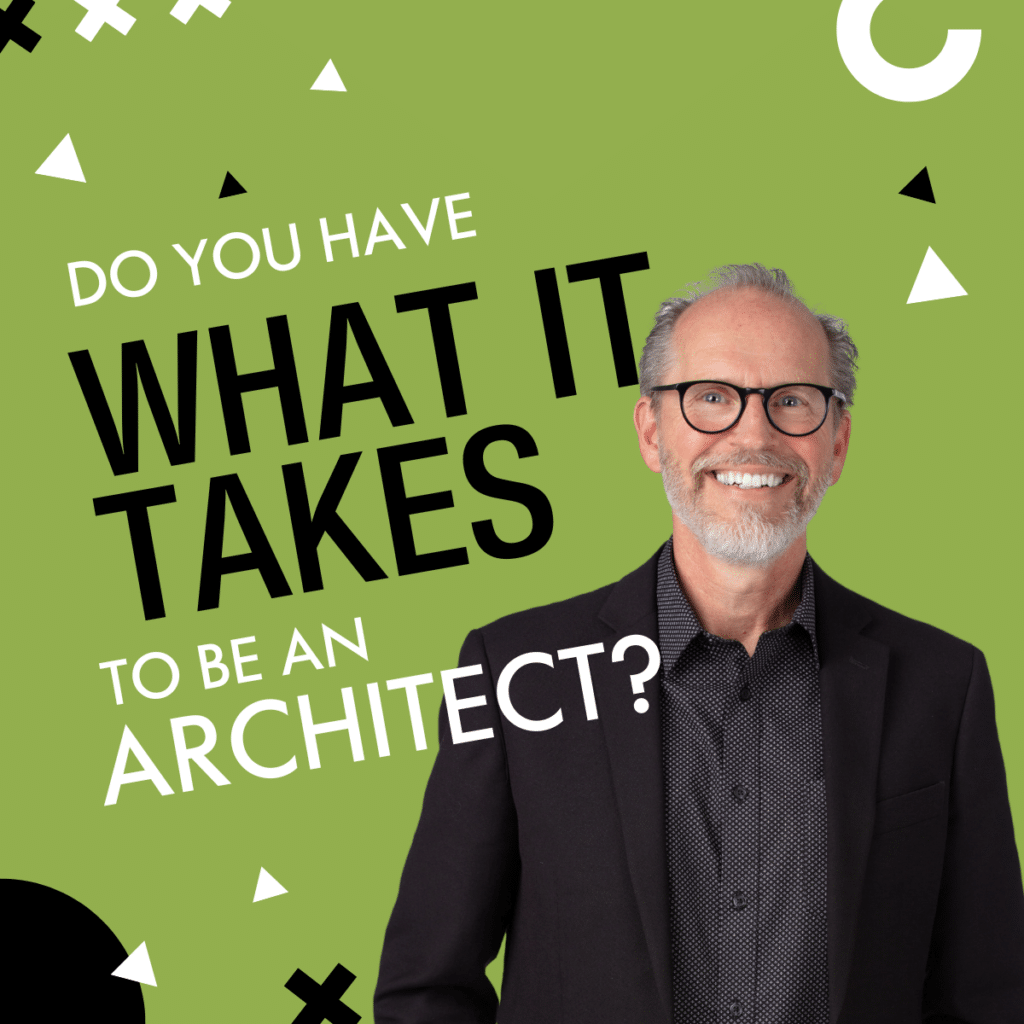
In my youth, I attended six different schools in six years. It may not be a unique story, but it influenced how I became an architect. At first, the constant change was overwhelming, but within these moments, I quickly discovered how adaptable and resilient I could be. I found that being open to new experiences expanded my empathy for others facing change in their communities.
At college, I studied history, sociology, psychology, and philosophy to further understand the dynamics of rapid community change. There, I discovered architecture’s role in shaping strong community life. I was drawn to design as a language of engagement: connecting the experiences and places that foster our identity, celebrate our accomplishments, and champion our hopes.
Get to know JLG Architects and learn about our student mentorship program, DNA (Developing New Architects) at: JLGarchitects.com
Try out the free online personality test our team took:
Personality test based on Jung and Briggs Myers typology (humanmetrics.com)
